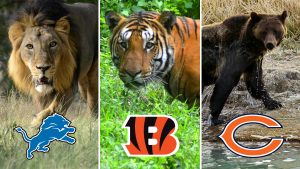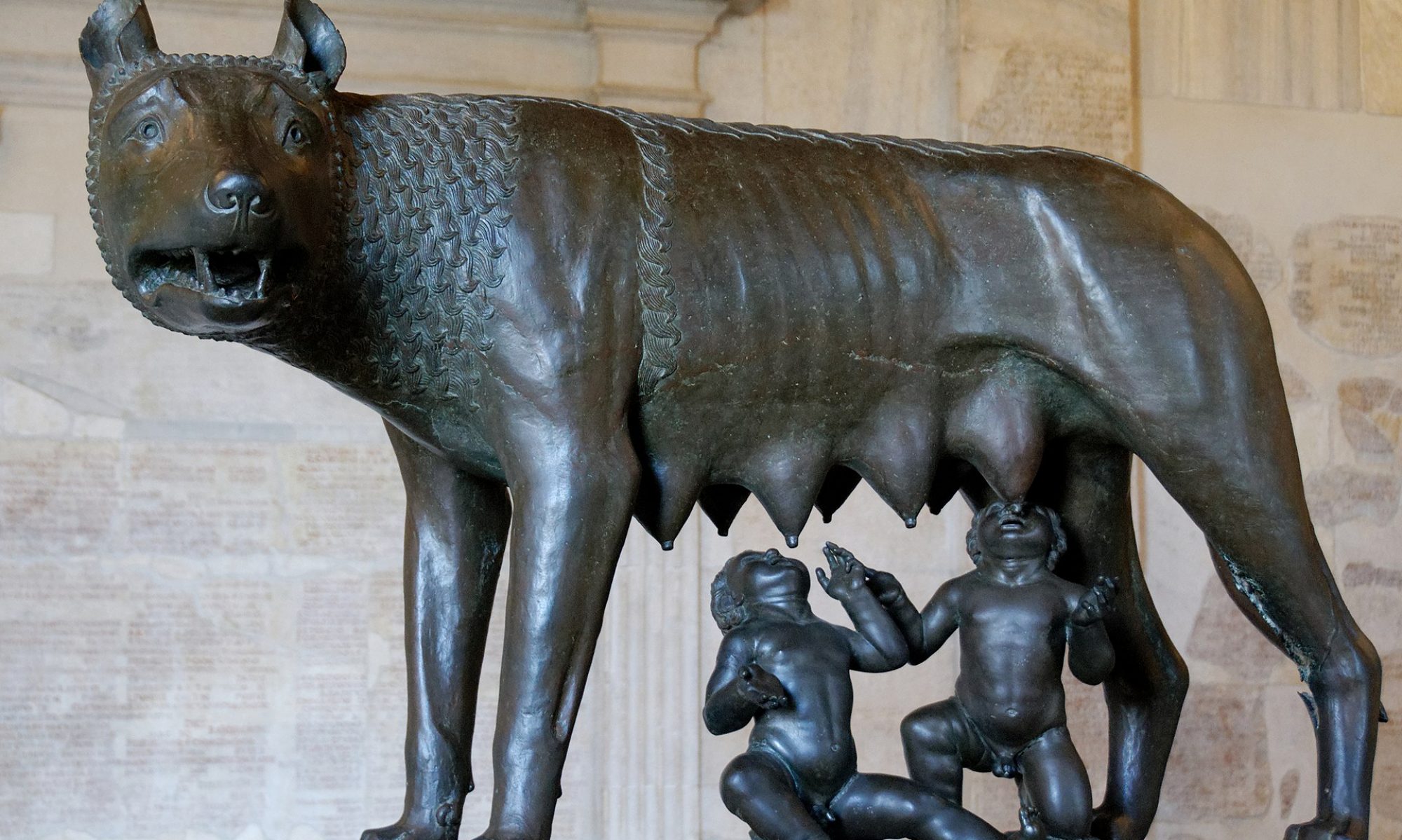While there are many ways to categorize and define commemoration, a particularly evocative lens to use is the presence of wild animals and their close link with power. It is a familiar pattern, as there are countless examples of embodied animals commemorated and celebrated in our contemporary world. From our political parties taking on donkeys and elephants, to our national sport teams fighting one another under the images of bears, lions, and tigers.
Commemoration is often funerary and centers around death or loss, but another important use for commemoration is to display and honor a leader or group’s power and superiority. Fascinatingly, these attempts at proving one’s elitism and power over surrounding groups are tied closely with the defeat of and/or descendancy from wild animals. On this website, you will find three examples of this relationship between power, animals, and commemoration. From the Bowdoin Museum of Art, there is a plaster replica of anancient relief from the palace of Ashurnasirpal depicting a ritual lion hunt. From the halls of Bowdoin’s athletic complex, there is a famous stuffed polar bear that was presented to the college by Donald B. MacMillan at the 1917 commencement dinner. From the Musei Capitolini in Italy, there is the iconic bronze depiction of Romulus and Remus as they suckle from a she-wolf.
Between the lions, polar bears, and wolves populating these pages, I hope to better understand commemoration as a political tool to achieve power, as well as the undeniable link between power and wild animals.


